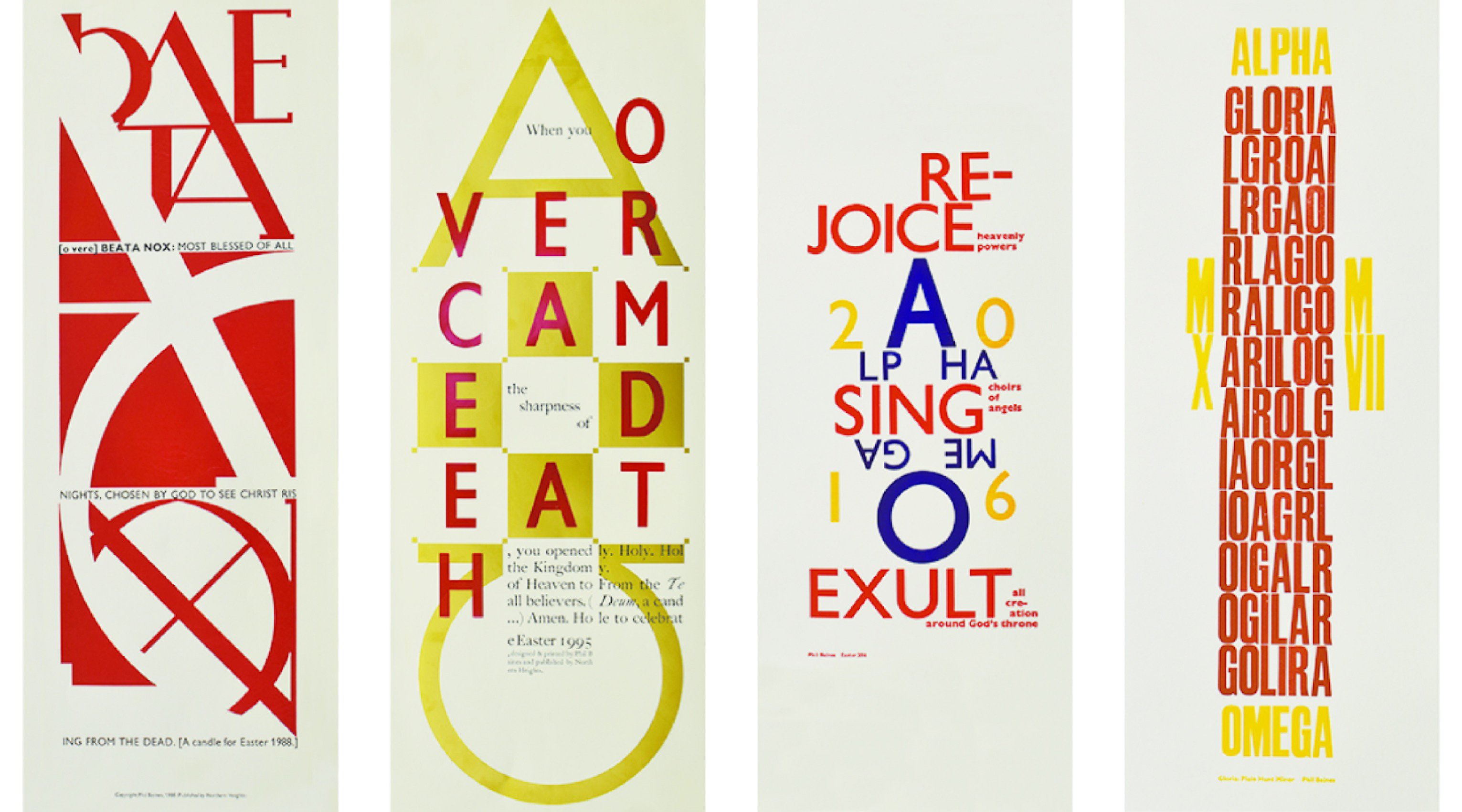
Anyone who has ever looked up and wondered about an inscription, sign, storefront or engraving on a building owes a debt to Professor Phil Baines, who has died at the age of 65. A talented graphic designer and typographer, Baines’ career combined teaching with a passion for chronicling the history of signage, in all its forms. For 32 years, Baines was a valued and inspirational teacher at Central Saint Martins (CSM), London, helping shape generations of young designers and inspire them to look to the art and craft of lettering, its history and evolution.
Remembering Phil Baines
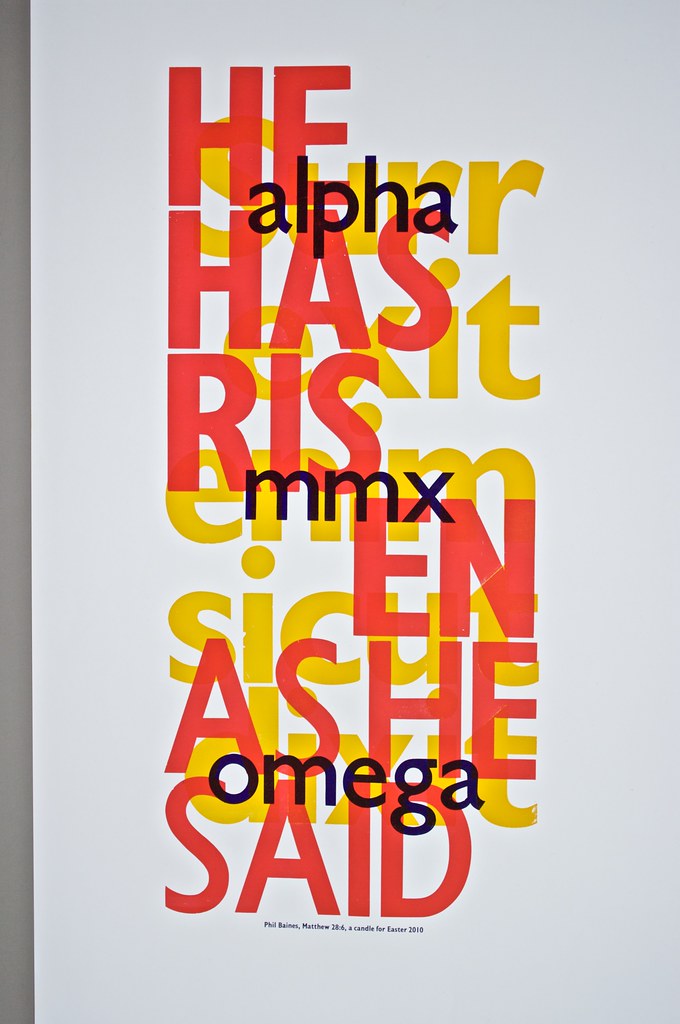
Baines combined this educational career with a professional one, designing books for Thames & Hudson, Phaidon, Puffin and Penguin, as well as working with one of Wallpaper’s favourite letterpress-based print and design studios, the New North Press, to things as diverse as badge design for Stereohype and commissions from the Royal College of Art (RCA), the Crafts Council and many more. He was especially well-known for his passion for architectural lettering and signage, and was also responsible for designing wayfinding for many contemporary buildings, including the Ditchling Museum of Art + Craft, opened a decade ago after a refurbishment by Adam Richards Architects, and signage for CSM’s campus in King’s Cross, as well as a long-standing working relationship with Matt’s Gallery in Nine Elms.
Baines authored several enduring design books, including Signs, lettering in the environment (Laurence King, 2003), written with long-time collaborator Dr Catherine Dixon, as well as co-writing one of the definitive texts of modern typography, Type & typography (Laurence King, 2001) with Andy Haslam. Together with Dixon, Baines was also responsible for curating CSM’s Central Lettering Record, a rich archive of typographic history held at the Central Saint Martins Museum & Study Collection.
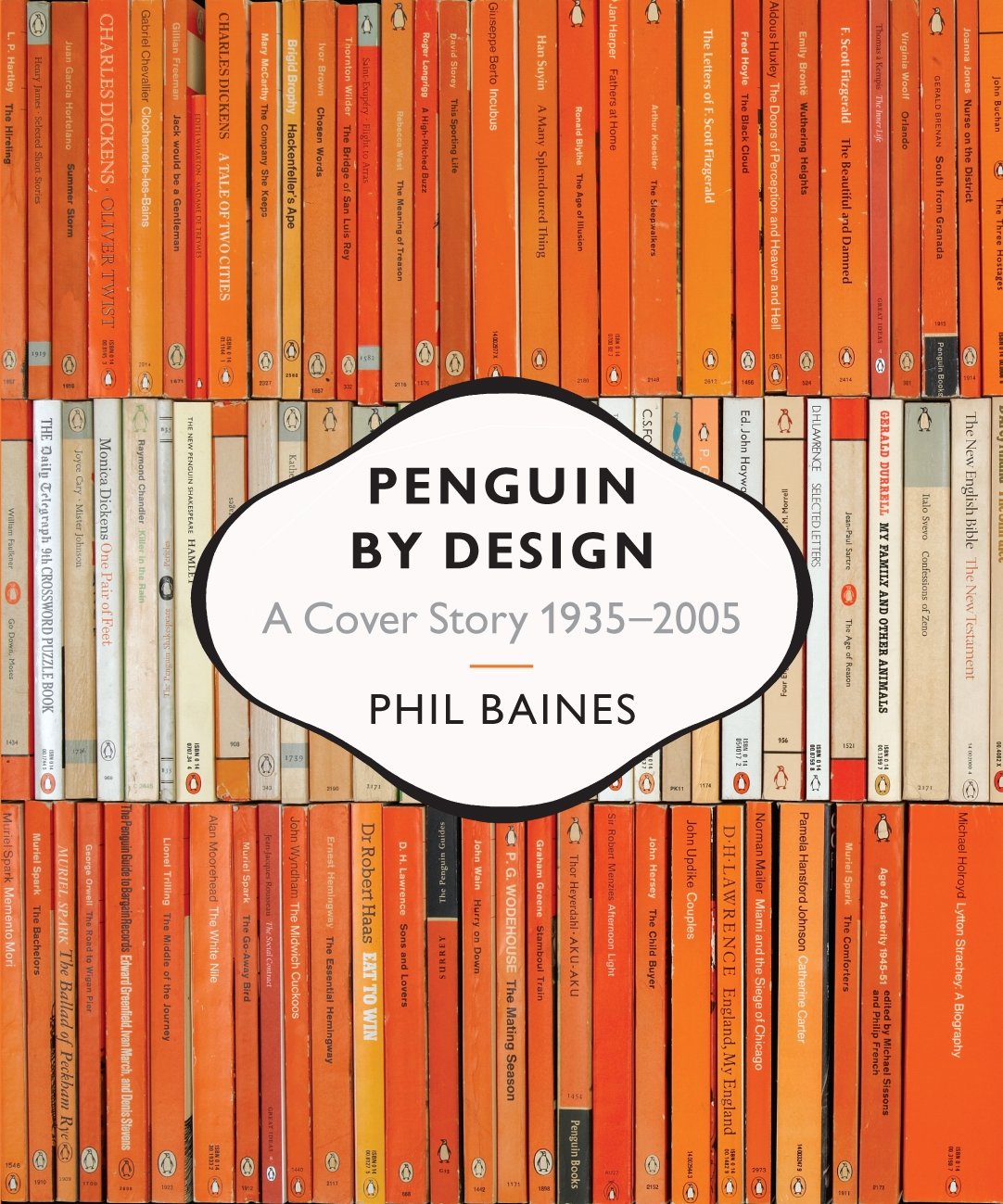
Another passion was book cover design, and Baines published the definitive guide to seven decades of Penguin’s graphic output in 2005, a book that predated our current cultural fixation with all things retro. He followed it with a look at the cover art of Penguin’s publishing house for younger reader, Puffin, in 2010.
Phil Baines was born in Cumbria in 1958. His first chosen vocation was the priesthood, and although he never practised, the visual language of the church, along with its centuries-old association with printing, carving and detailing, all played a valuable role in shaping his interests. In 1980, he changed direction and undertook an art foundation course, going on to study graphic design at St Martin’s School of Art in 1982, followed by a master’s degree in Communication Arts and Design at the RCA.
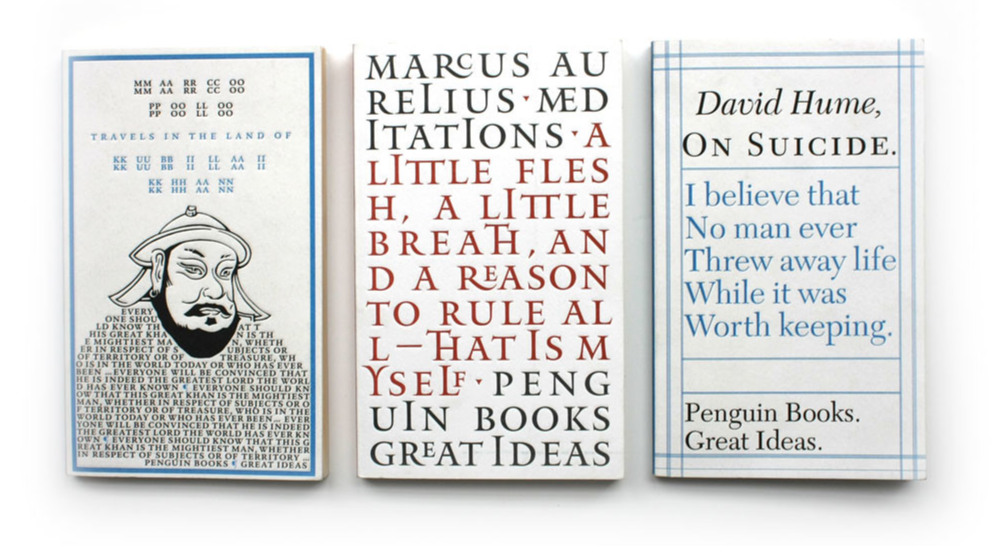
In 1988, Baines returned to lecture at his alma mater, shortly before it became Central Saint Martins College of Art and Design. From 1991 onwards, he led the typography department. Professionally, his work rose to prominence in the 1990s graphic design boom, a time when new digital processes coincided with a revival of interest in letterpress and historic styles. As his research and writings demonstrated, Baines viewed lettering as an inherently human activity, a thread that led from the embellished medieval manuscript to a modern street sign or manhole cover.
As well as his books and teaching, Phil Baines worked on three important public commissions with Carmody Groarke, working with different materials and surfaces to create enduring memorials to the victims of the 2004 Indian Ocean Tsunami and the 7 July 2005 London bombings. ‘The common ground in our collaboration with Phil Baines was based in a shared interest in the making of physical things,’ Kevin Carmody wrote, and this physicality extended to Baines’ interest in the pragmatic, the overlooked, and the taken for granted. Naturally, his work gravitated towards the printed word and typography in the built environment, rather than design for screens. ‘I take it for granted that other people will still want physical objects because I do,’ he once told Eye Magazine.
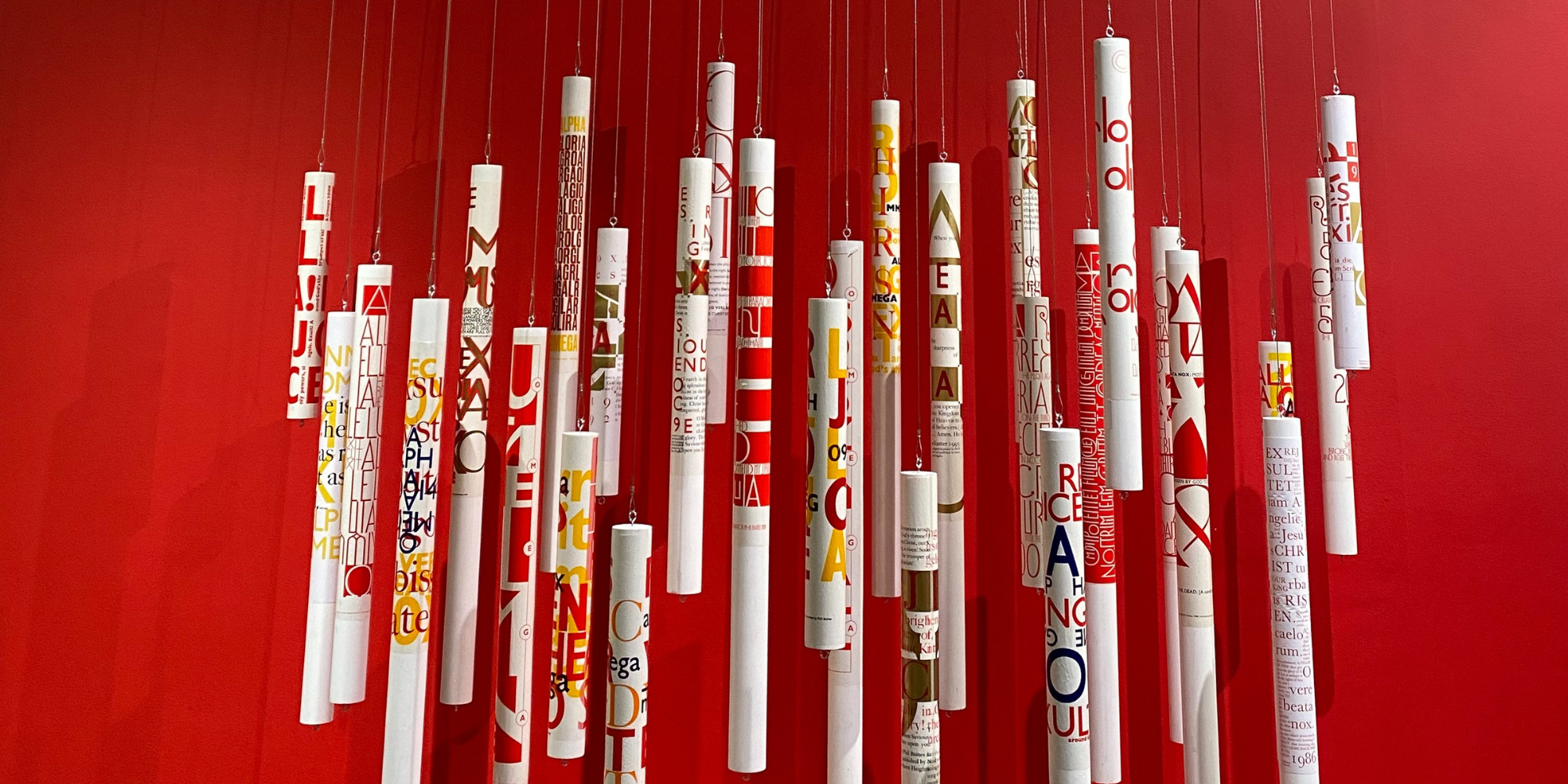
A retrospective exhibition, ‘Extol: Phil Baines celebrating letters’, was recently held at CSM’s Lethaby Gallery in London, while his website, Public Lettering, remains a valuable and inspirational resource. Elsewhere, you can explore his Instagram and Flickr feeds, both of which offer insights into his wide-ranging interests and influential teachings. He is survived by his wife, Jackie Baines, and their daughters Beth and Felicity.







